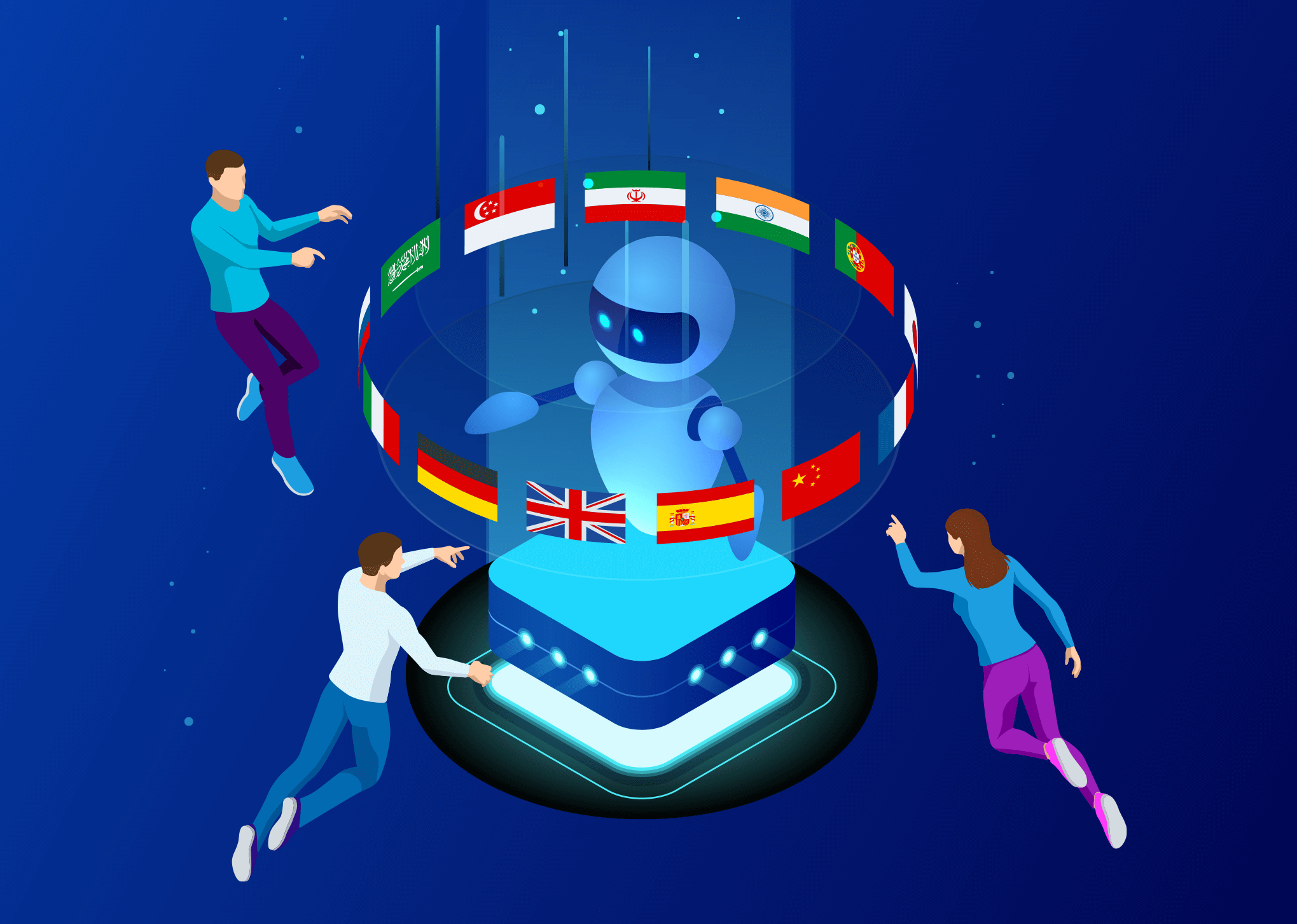Startups live and die by their speed to market. But the moment they step outside their home country, translation becomes a brake instead of a booster.
The good news? AI-driven localization can turn that roadblock into a sprint. By blending automation with human oversight, even small teams can launch in 10 new markets in the time it once took to serve one. This playbook shows you how.
1) Pick markets with intent, not hope
Start by ranking markets on actual demand (search intent, existing sign-ups, pipeline, support tickets) and operational friction (payment, regulation, right-to-left, time zone coverage). Limit the first sprint to 10 locales you can serve well.
Scope only what moves revenue or activation now: top-of-funnel pages, product UI, onboarding emails, help-center hits, and key legal screens. Define success early (e.g., +20% locale signup rate, +15% activation, −25% support in English queue).
2) Build the “meaning layer”: terminology, tone, and reuse
AI is fast, but clarity comes from consistent terms and voice. Create a lean glossary (core product nouns, verbs, and risky homonyms), a one-page style guide per locale, and a seed translation memory. Use AI to mine terms from your UI strings and FAQs, then have a human reviewer approve or collapse synonyms.
This step pays for itself: every reused segment cuts cost and cycle time later, and it prevents the slow bleed of brand drift across languages.
As Tomedes CEO Ofer Tirosh puts it, “the real job isn’t just output; it’s aligning AI with your standards and feedback loops, so the system improves with every project”. (see his perspective in Why I Built MachineTranslation.com).
3) Automate the pipeline, and add AI guardrails
Wire a simple, reversible flow: source control (strings + content) → build → MT draft → automated checks → human QA → publish. Keep formats structured (ARB/JSON/PO for UI, Markdown for docs), and enforce keys and placeholders with validators.
Use AI for the first pass but add guardrails: PII detection/redaction, brand term locks, glossary enforcement, and banned-term checks. Set quality thresholds that gate releases (e.g., coverage ≥ 98%, key-screen LQA ≥ 95% pass).
4) Human-in-the-loop QA that respects the sprint clock
Run lightweight Linguistic Quality Assurance on high-impact content only: onboarding, pricing, checkout, legal strings, top 20 help articles. Calibrate reviewers on your error typology (accuracy, fluency, terminology, locale conventions, functional issues).
Where reviewers flag systemic issues, tune prompts or swap the MT engine for that locale/domain. Keep a rolling “fix-once, apply everywhere” list—issues like date/number formats, tone, and handling of gendered language repeat across files.
5) Ship, instrument, iterate
Release behind flags, then watch the numbers: localized funnel conversion, activation, ticket mix, bounce on localized content, time-to-resolution for non-English cases. Feed outcomes back into the glossary and memory, and promote your best AI prompts to “blessed” templates.
Run small A/Bs on headlines and CTAs per market; let data call the shots on phrasing. Your sprint is complete when the loop is closed: changes in product/content automatically re-translate, re-QA, and re-publish.
Roles, risks, and reality checks
- Who does what: PM sets scope/metrics; Eng owns connectors and format integrity; Localization lead manages glossary, review, and release gates; RevOps/Marketing validates messaging; Support confirms top issues are covered.
- Common pitfalls: translating everything (scope creep), mixing tone across channels, ignoring legal/PII, skipping layout checks for long German/short English, and letting “one-off fixes” live outside the memory.
- Cost posture: AI first draft + targeted human QA typically reduces spend and cycle time without sacrificing outcomes. In regulated content, add an extra-legal review lane but keep the same pipeline discipline.
A pragmatic tool posture
Use the tools that match your team, not the other way around. Centralize your glossary, memory, and prompts, and enforce checks in CI so quality doesn’t depend on heroic reviewers.
When you need expert human backup (e.g., complex legal, medical, or high-stakes marketing), partner with a mature provider that can plug into your workflow, such as Tomedes Legal Translation Services, instead of replacing it.
Why this sprint works?
It treats machine translation as an engineering loop, not a one-time hand-off. AI translation provides acceleration, but quality standards, linguistic guardrails, and continuous feedback loops create compounding gains with every release.
That’s the philosophy behind modern MT operations (MT ops): tight scope, reusable translation assets, measurable translation quality, and a pipeline that learns as you grow.
If you want a deeper look at where AI translation technology and human-in-the-loop workflows combine in practice, explore the translation playbooks and an AI translator tool built for real and accurate production use.
Going global no longer has to mean months of translation backlogs and blown budgets. With a disciplined five-step sprint, startups can use AI to scale faster, cut costs, and still protect quality. The key is balance: let machines handle the heavy lifting, while humans set the standards and close the feedback loop.
Done right, every sprint compounds your momentum, taking your product from “local success” to “global contender” with speed that matches your ambition.


